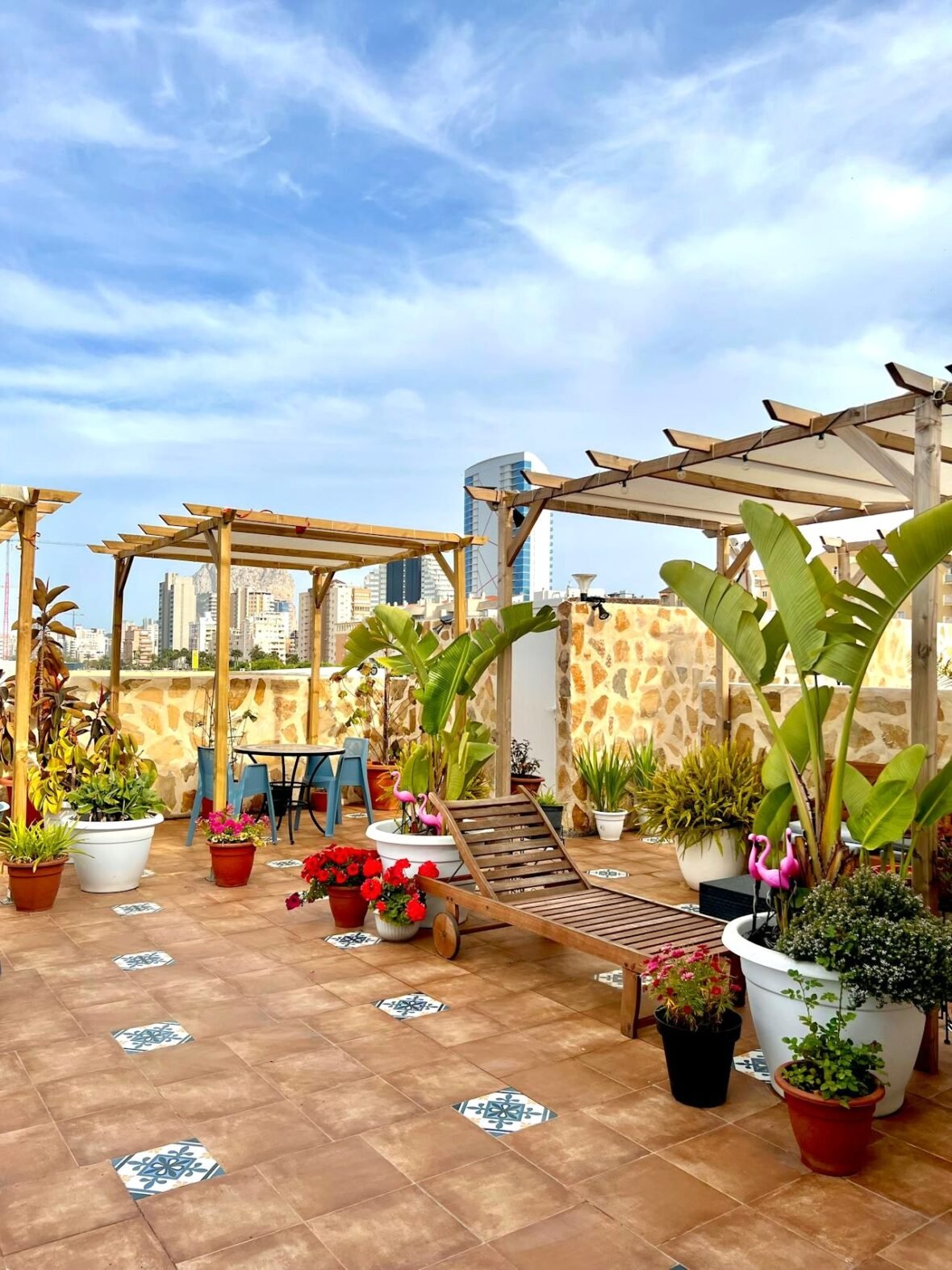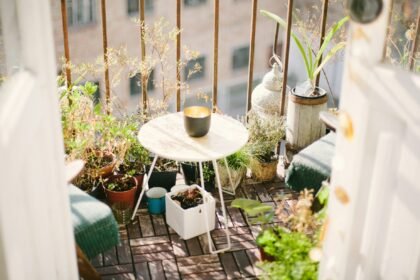Rooftop gardening is particularly appealing to those seeking a blend of nature and city life. This innovative approach to gardening not only allows people to cultivate plants in limited space but also serves as a green oasis in an increasingly concrete-heavy landscape. By utilizing rooftops, gardeners can repurpose often-overlooked areas and convert them into vibrant, productive spaces.
The benefits of rooftop gardening extend far beyond aesthetics. One significant advantage is the enhancement of urban environments. Rooftop gardens can help mitigate the urban heat island effect, where cities become considerably warmer than surrounding areas due to human consumption and infrastructure. Through the strategic placement of plants and greenery, these gardens contribute to cooling the ambient air, thus improving comfort levels within the city.
Rooftop gardens provide essential green spaces that are often scarce in densely populated urban settings. They offer ecosystems for various flora and fauna, contributing to biodiversity within cities. In addition, urban gardeners can grow their own herbs, vegetables, and fruits, promoting sustainable living and reducing dependence on store-bought produce. This not only encourages healthier eating habits but also supports local ecosystems by minimizing the carbon footprint associated with transporting food.
For beginners, rooftop gardening presents an accessible opportunity to engage with nature, cultivate new skills, and contribute positively to the environment. Whether creating a lush garden bed or a simple container garden, you can customize rooftop gardens based on preferences and space availability. Embracing this activity invites urban residents to reconnect with the earth and soften surroundings.
Assessing Your Rooftop Space
Creating a rooftop garden begins with a thorough assessment of the available space. First and foremost, it is crucial to evaluate the amount of sunlight your rooftop receives throughout the day. Most vegetables and herbs thrive in full sun, which typically means at least six hours of direct sunlight daily. Pay attention to any potential obstructions that may cast shadows, such as neighboring buildings, antennas, or chimneys, as these can significantly impact the light available for your plants.
Wind exposure is another critical factor in determining the suitability of your rooftop for gardening. Rooftops can be exposed to stronger winds than ground-level gardens, which may necessitate windbreaks or protective barriers for tender plants. Consider the orientation of your space; south-facing locations usually receive the most sunlight and may offer a better microclimate while north-facing rooftops tend to be cooler and more shaded.
Weight restrictions are paramount when planning a rooftop garden. Most rooftops have load-bearing limits that must be adhered to in order to prevent structural damage. It’s advisable to consult your building manager or architect to ascertain these limits before committing to substantial structures, like raised beds or large planters. To mitigate weight concerns, consider using lightweight planting options, such as grow bags or modular planting systems.
Accessibility is also an important consideration. Are there stairs or an elevator that can accommodate the necessary equipment and supplies for your garden? Taking measurements of your rooftop space will assist in planning the layout of your garden while accounting for accessibility. Make notes on environmental conditions, such as which areas are most exposed or sheltered, and where water runs off during rainfall. These observations will aid in selecting the right plants that will thrive in your specific environment.
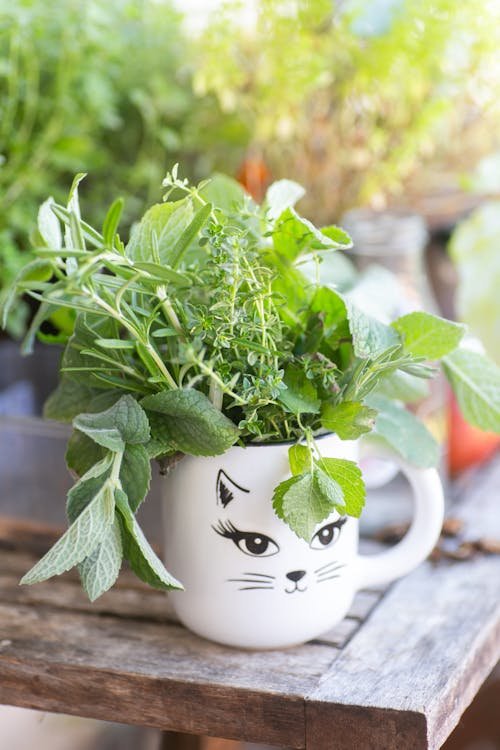
Choosing the Right Plants for Your Rooftop Garden
Creating a rooftop garden can be an enriching experience, particularly for urban dwellers looking to green their living space. A crucial first step in establishing this outdoor haven is selecting the right plants, which thrive in container environments and can adapt to the specific conditions of urban rooftops. The right choices will not only flourish in limited space but also add vibrant life and utility to your garden.
When selecting plants for a rooftop garden, it is essential to consider factors such as sunlight, wind exposure, and moisture levels. Most rooftops receive full sunlight, which makes it imperative to choose sun-loving plants. For beginners, herbs such as basil, parsley, and chives are excellent options. They are easy to manage, require minimal care, and can be used in everyday cooking. Additionally, these herbs can thrive in smaller pots, making them ideal for a limited gardening space.
Vegetables are another fantastic category to explore. Salad greens, such as lettuce and spinach, grow quickly and can be harvested multiple times, providing fresh produce with little effort. Tomatoes, particularly smaller varieties like cherry tomatoes, are also a popular choice for rooftop gardens due to their compact size and the delightful yield they offer.
For those interested in adding a touch of color, flowering plants can enhance the aesthetic appeal of your rooftop space. Consider selecting varieties that are known for their resilience, such as marigolds or petunias. Not only do these plants offer beauty, but they often attract pollinators, such as bees and butterflies, which will benefit the diversity of your garden ecosystem.
Lastly, consider the seasons when planning your rooftop garden. Some plants thrive in cooler weather, while others may be suited to the warmth of summer. This planning will enable you to enjoy a flourishing garden year-round, with a continuous rotation of fresh herbs, vegetables, and flowers for your enjoyment.
Essential Gardening Supplies for Beginners
Starting a rooftop garden can be an exciting and fulfilling endeavor for urban dwellers. However, it is crucial for beginners to equip themselves with the right gardening supplies to ensure a successful gardening experience. The choice of supplies can significantly impact the growth and health of your plants. Below is a comprehensive list of essential gardening supplies that every beginner should consider.
Selecting appropriate pots is essential. Containers should have adequate drainage to prevent water accumulation, which can harm plant roots. Options such as terracotta, plastic, or even decorative planters can be used, depending on the aesthetic preferences and budget of the gardener. Also, consider the size of the pots to accommodate the plants’ growth.
Next is soil, which plays a key role in the success of any rooftop garden. A good quality potting mix is recommended, as it is specially formulated to support container gardening. Look for organic soil to promote sustainability and health. Beginners may also consider adding compost or fertilizers to enrich the soil, fostering better growth and development of plants.
Seeds or young plants are the next necessary supplies on your list. It is advisable to start with easy-to-grow herbs and vegetables, such as basil, mint, or cherry tomatoes, to build confidence before progressing to more challenging varieties. Local garden centers often offer a selection of seeds tailored for urban gardening, making it easier for newcomers to select the best options.
Basic gardening tools are also crucial. Essential tools like trowels, pruners, and watering cans can make tasks more manageable. For those on a budget, consider purchasing multifunctional tools that serve more than one purpose. Furthermore, there are sustainable options available, such as tools made from recycled materials.
Lastly, ensure you have access to a good watering system, which is vital in maintaining your rooftop garden, especially during dry spells. Whether you opt for a simple hand-held watering can or set up a drip irrigation system depends on the variety of plants and the scale of your garden.
Creating a Garden Design That Works for You
Designing a rooftop garden involves careful planning to ensure that it meets both aesthetic and functional needs. One of the first steps in creating a successful rooftop garden is to assess the available space. Consider the dimensions and orientation of your rooftop, as this will significantly influence sunlight exposure and plant selection. Plants are categorized based on their height and sunlight requirements, so understanding these elements will help in arranging your garden effectively.
Begin by sketching a layout that includes containers, plant types, and potential walkways. Incorporate a mix of tall, medium, and short plants to create layers and add visual interest. Taller plants, such as sunflowers or certain vegetables, should be positioned at the back or the center of your garden if it’s viewed from multiple sides. Medium-sized plants like herbs and flowers can fill the middle layers, while shorter plants, like ground cover and small annuals, should occupy the edges or front. This design strategy not only enhances visual appeal but also allows every plant to receive adequate sunlight.
Consider the use of vertical gardening techniques to maximize space utilization. Install trellises or wall planters to grow climbing plants and vines, allowing you to create a lush green vertical wall that can serve as a privacy screen. Container groupings can also be a practical choice, as they allow for flexibility and easy reconfiguration. Use a variety of container sizes and shapes to create an engaging layout. Grouping containers can foster microclimates, helping plants with similar water and light needs thrive together.
Incorporating seating or decorative features such as garden sculptures or lighting can elevate the overall experience and functionality of your rooftop garden. Ultimately, a well-thought-out garden design that aligns with your preferences will not only beautify your urban space but also offer a peaceful retreat in the bustling city.
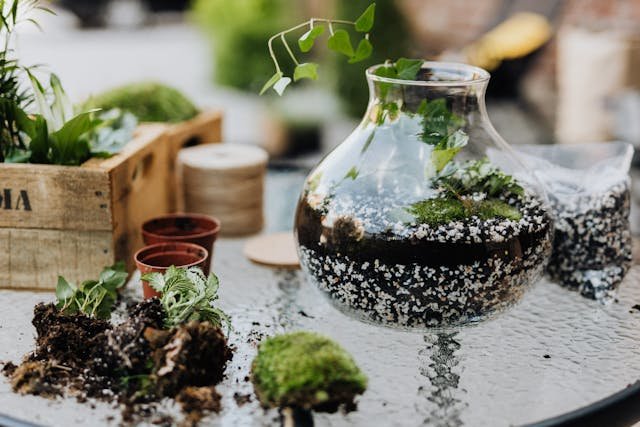
Soil and Water Management Tips
The foundation of a successful rooftop garden relies significantly on the quality of the soil and the effectiveness of your watering techniques. Urban environments present unique challenges, thus it is essential to select the right soil mix suitable for container gardening. A well-balanced mix typically consists of high-quality potting soil, organic compost, and perlite or vermiculite. This combination ensures adequate drainage, nutrient availability, and aeration, essential for healthy root development in your plants.
In addition to selecting the right soil mix, managing water effectively is crucial to avoid common mistakes that could jeopardize plant health. Overwatering is one of the most prevalent issues in rooftop gardens, leading to root rot and other diseases. It is essential to implement a watering schedule that considers the specific needs of your plants, the climate, and the season. Monitoring the moisture levels in the soil can help dictate when to water, ensuring that the soil remains consistently moist but not waterlogged.
For enhanced irrigation efficiency, consider incorporating self-watering systems or a drip irrigation setup. Self-watering containers can significantly simplify maintenance by providing a steady moisture supply through a reservoir at the bottom of the pot. Alternatively, drip irrigation allows for precise watering, delivering water directly to the roots and reducing evaporation loss. Both methods can foster healthier plants and conserve water, making them ideal for urban rooftop gardeners who may face restrictions on water use.
By selecting high-quality soil mixes and establishing effective watering methods, urban dwellers can cultivate thriving rooftop gardens. Emphasizing the importance of these elements will lead to healthier plants and a more rewarding gardening experience.
NUTURE YOUR GARDEN FROM ROOT TO TIP
Pest Control and Maintenance Basics
Establishing a rooftop garden presents unique challenges, including the potential for pest infestations and diseases. Common pests that urban gardeners may encounter include aphids, spider mites, and whiteflies, all of which thrive in warm environments. Identifying these pests early is crucial, as they can reproduce quickly and damage plants if left unchecked. In addition to pests, rooftop gardens can also be susceptible to diseases such as powdery mildew and root rot. Monitoring your plants regularly for any signs of distress will aid in the early detection of these issues.
When it comes to pest control, adopting organic methods is both beneficial for the environment and effective for maintaining a healthy garden. One simple approach involves introducing natural predators to the ecosystem, such as ladybugs, which feed on aphids. Additionally, homemade sprays using ingredients like soap or neem oil can deter pests while safeguarding your plants. Regularly removing debris and spent foliage can also help minimize hiding spots for pests, further protecting your rooftop oasis.
Maintaining your garden’s health requires consistent care and attention. Pruning is particularly important, as it encourages new growth and prevents overcrowding, which can lead to pest infestations. Fertilizing your plants with organic compost or well-balanced fertilizer helps provide necessary nutrients, promoting robust growth. It’s important to monitor light exposure and water conditions, adjusting them as needed according to the specific needs of the plants. Establishing a routine for checking plant health will not only enhance the overall vitality of your rooftop garden but also fosters a sustainable growing environment.
By integrating these pest control strategies and maintenance practices, you can cultivate a successful and eco-friendly rooftop garden that flourishes throughout the growing season.
Harvesting Your Rooftop Garden: When and How
Harvesting is a crucial aspect of maintaining a successful rooftop garden, as it not only ensures the plants’ longevity but also provides fresh, flavorful produce for your culinary needs. The timing of your harvest largely depends on the type of plants you have cultivated. Generally, vegetables should be picked when they are at their peak maturity, which often corresponds to full color and size. For instance, tomatoes should be harvested when they are fully colored and slightly firm to the touch, while leafy greens, such as spinach and lettuce, are best picked when the leaves are tender and immature. Monitoring your plants closely will help in determining the optimal harvest times.
Herbs are another vital component of many rooftop gardens, prized for their flavor and versatility. The best time to harvest herbs is just before they bloom, as this leads to the most potent flavor. Taking a few sprigs regularly can also encourage continued growth and bushiness, maximizing your harvest potential throughout the growing season.
A proper harvesting technique is essential for the ongoing health of your rooftop garden. Using sharp, clean tools such as scissors or garden shears can help prevent damage to the plants. When harvesting, cut stems rather than pulling or twisting plants to avoid uprooting them. This practice ensures that the plants can continue to thrive and produce more yields after harvesting.
Celebrating your efforts is an important part of the gardening experience. Consider experimenting with home-grown produce in various recipes, or sharing with friends and family. Not only does this help honor your rooftop garden, but it also encourages a sustainable lifestyle. By enjoying what you have grown, you will be inspired to continue nurturing your garden for future harvests.
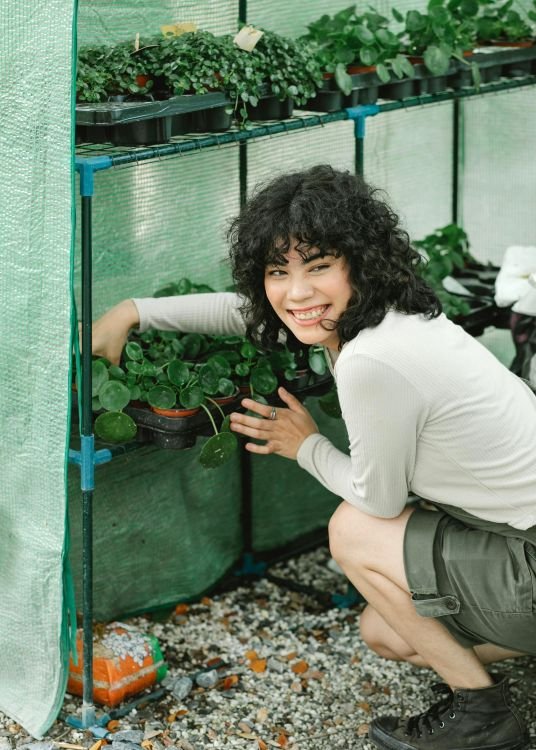
The Joy of Rooftop Gardening
Engaging in rooftop gardening offers a unique blend of enjoyment and fulfillment. As you cultivate your green sanctuary above the bustling city streets, you create an oasis that reflects your personal style and gardening ambitions. The sense of pride that comes from planting seeds, nurturing them, and watching them flourish is incredibly rewarding. Each vibrant bloom and flourishing herb is a testament to your dedication and creativity.
Connecting with fellow gardeners can further enhance your rooftop gardening experience. Sharing your journey, challenges, and triumphs creates a sense of community that is enriching. Many cities now have local gardening groups and online forums dedicated to rooftop gardening where you can exchange advice, tips, and even seeds with others. This camaraderie not only provides support but can also inspire innovative ideas for your green space.
As you start this green journey, remember that every gardener’s path is unique. Flexibility and creativity will empower you to adjust your gardening approach based on your specific environment, climate, and personal preferences. Whether you choose to grow vegetables, herbs, or ornamental plants, flowing with the ever-changing elements of nature will make the gardening process more enjoyable and rewarding.
Ultimately, the essence of rooftop gardening lies in the joy of the journey. Take time to breathe in fresh air, indulge in the beauty of your plants, and appreciate the tranquility that your garden offers. Embrace the lessons learned and the highs experienced. By nurturing your rooftop garden, you’re not only contributing positively to the environment, you’re cultivating a connection to nature in the heart of the city.

